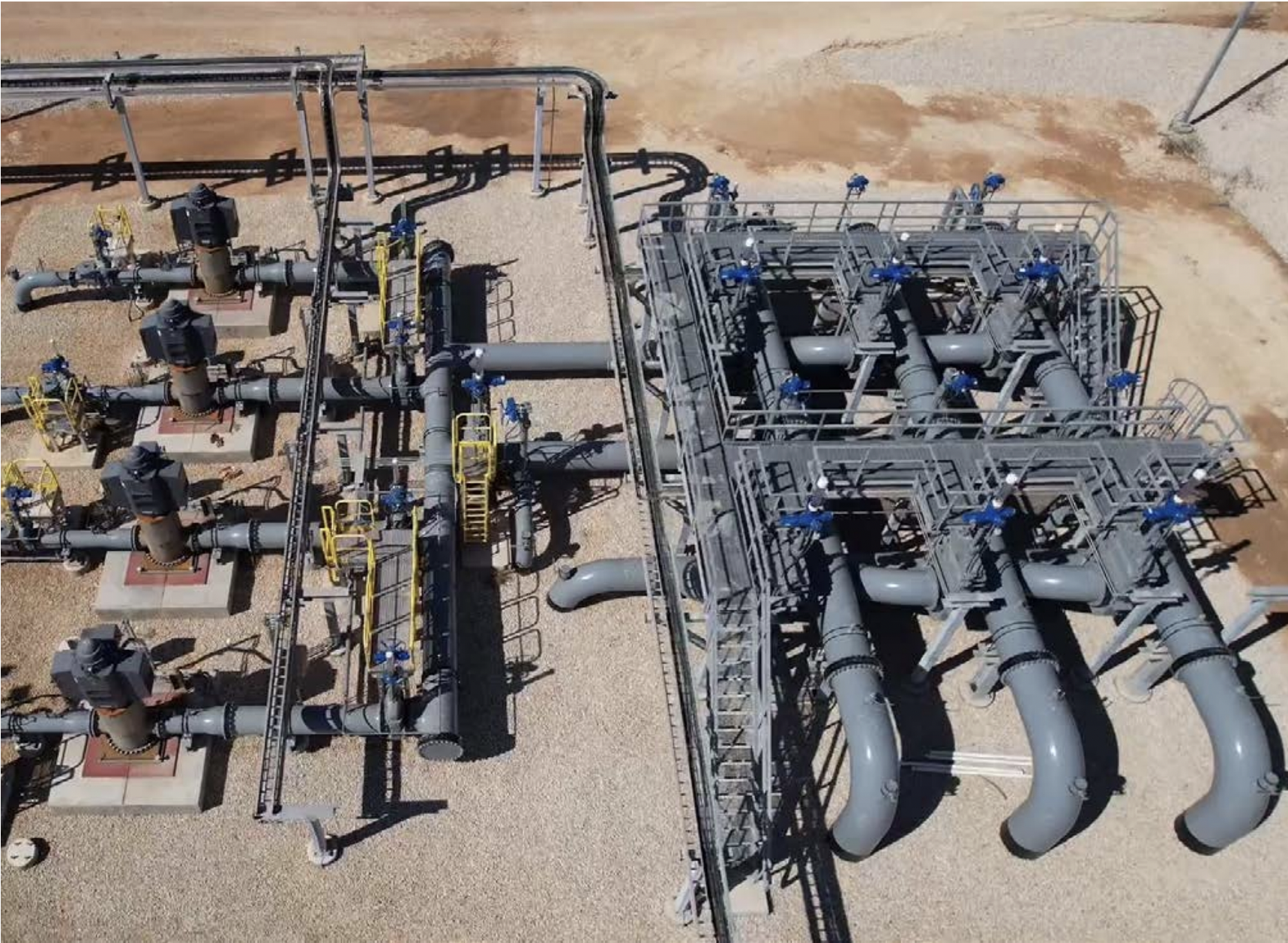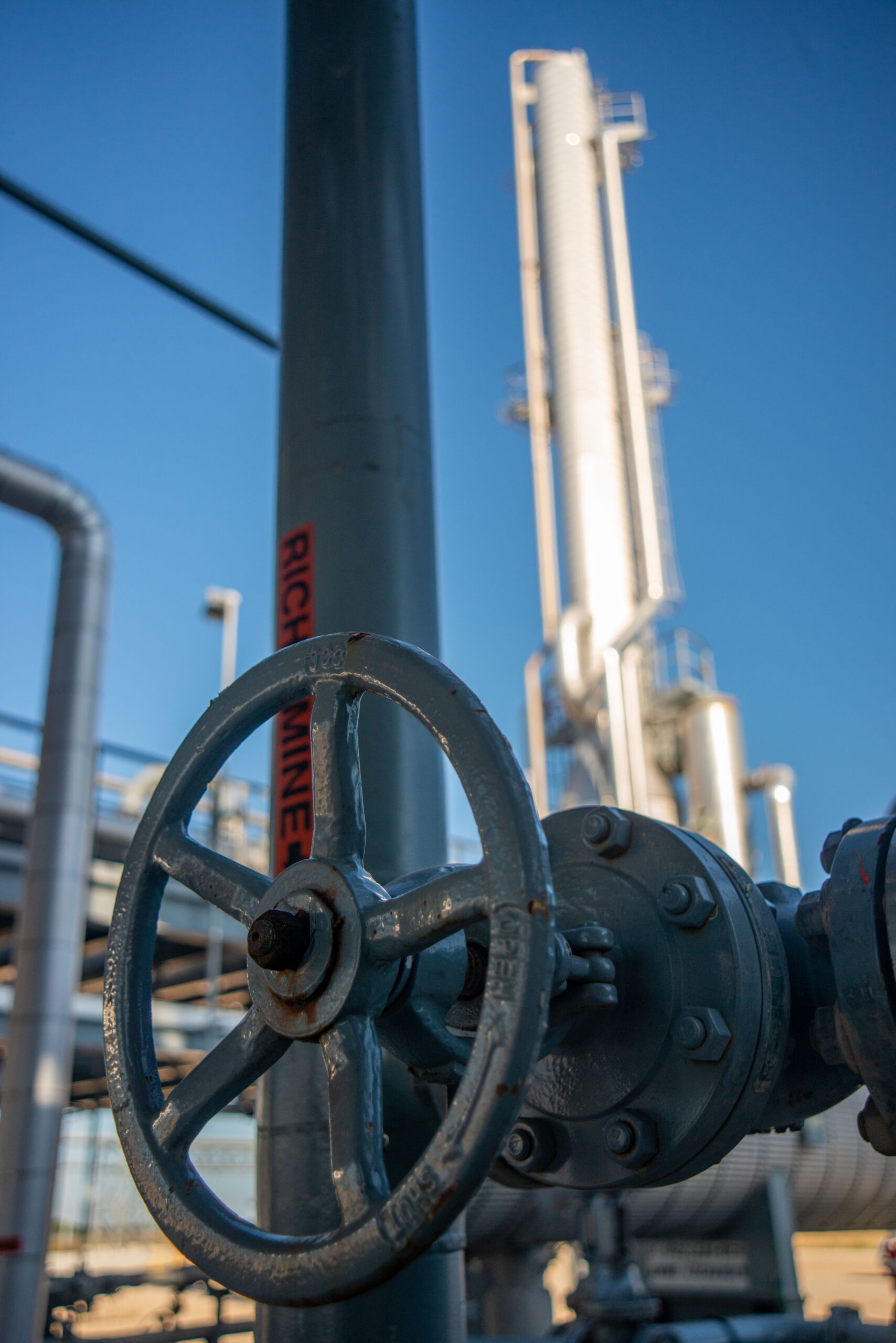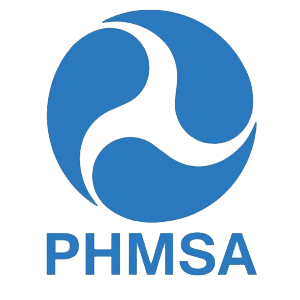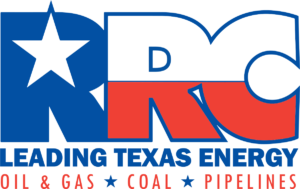EPIC has built a pipeline system using next-generation monitoring and control equipment. The equipment deployed helps ensure that our pipeline systems are operated safely and efficiently. Our industry-leading fiber optic technology exceeds the industry standard in the areas of damage prevention, environmental impact mitigation, and line strike monitoring.
EPIC’s investment in fiber optic-based Supervisory Control and Data Acquisition (SCADA) and communications combined with Distributed Acoustic Sensing (DAS), and Intrusion and Leak Detection Technology bolster our first-class pipeline safety, environmental protection, and operational efficiency throughout the life of EPIC’s pipeline systems.
EPIC’s investment in fiber optic-based Supervisory Control and Data Acquisition (SCADA) and communications combined with Distributed Acoustic Sensing (DAS), and Intrusion and Leak Detection Technology bolster our first-class pipeline safety, environmental protection, and operational efficiency throughout the life of EPIC’s pipeline systems.


















